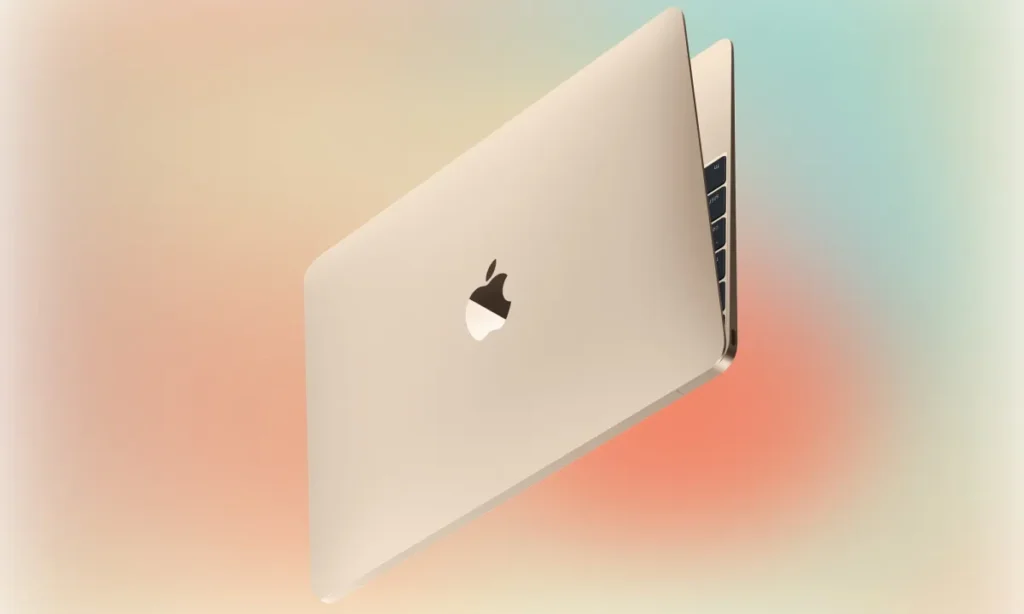The most famous company, Apple, has always had an almost surgical approach to product strategy, threading the needle between form and function while playing with tiered pricing. For years, the MacBook family was a fairly straightforward one. There was a single high-end option for people who needed to do plenty of heavy lifting (the MacBook Pro) and a consumer-friendly bookend, if you will, for twice-a-day users who weren’t so concerned about super-speedy performance (the MacBook Air). And now, a pioneering rumor suggests the company is on the verge of introducing a third, and more approachable, tier.
Apple is planning a new, more affordable laptop and a professional-focused upgrade to the Mac mini desktop later this year, according to people familiar with the plans. The latest notebook will resemble the current MacBook Air, but will feature thinner bezels around the screen. This is not simply a new laptop; it’s a strategic move that stands to shape the market and Apple’s product ecosystem at large.
Indeed, the logic behind this widely speculated MacBook is both simple and potent: market share. Apple has all but ceded the low-cost laptop category to a formidable competitor: Google’s Chromebooks. These low-cost, cloud-centric devices rule ninth-grade classrooms and cash-strapped at-home users, thanks to their modest prices, straightforward interface, and impressive battery life. However, Apple’s present MacBook Air is one killer of a machine: one that most educational institutions and personal buyers just ain’t gonna afford.
With a new MacBook using an A-series chip for far cheaper and so much more efficiently, Apple can finally construct a worthy opponent. It would give the company a cheaper laptop, one that would compete well against most Chromebooks while also delivering the superior performance, security, and integration of the macOS ecosystem.
Not only would this strategy unlock a huge new body of users, but it also would serve as an onramp to the wider Apple world, potentially luring users into other devices and services.
Technical Trade-offs: A-Series vs. M-Series

The secret to keeping the price of this new MacBook down is its processor. This new model would also be powered by a modified A-series chip, not the purpose-built, high-performance M-series chips inside the rest of Apple’s current Mac lineup. Powerful as the A-series chip is for phones and tablets, it serves different functions than its M-series cousin.
While the M-series processor is based on a larger die and more complex design to handle professional applications, the A series places greater focus on power efficiency and small form factors.
That said, while an A-series MacBook could have handled everyday tasks such as web browsing, word processing, email, and video streaming with aplomb, it wouldn’t necessarily be a machine designed for creative pros. Here, the trade-off is clear: for less money and better battery life, you don’t get as much raw power. In order to keep costs down, the new device may also sacrifice features like a more affordable display and other components so as not to eat into sales of the higher-margin MacBook Air.
A Familiar Playbook: Trailing the iPhone
This is a well-worn strategy for Apple. Its most popular devices are benefitting from a graduated product strategy. And the iPhone line, for example, includes Pro and Pro Max models (the flagships), the non-Pro iPhone, and the cheaper SE. The iPad has the same set of models: Pro, Air, regular, and mini versions. There is logic and order behind Apple’s new product lineup, and this tiered model enables Apple to target different markets with products that are just right for each price segment.
Apple will be continuing to create a uniform family of products that are easy for consumers to understand if this philosophy is applied to the Mac. The MacBook Pro is the model that performance users can’t do without, and the MacBook Air maintains its position above the level of the classic consumer-oriented device.
This new A-series MacBook becomes the entry-level system. It’s a move that not only streamlines the consumer decision but further cements Apple as controlling the complete computing spectrum, from mobile phones to high-end desktop computers.
The rumoured A-series MacBook has implications that go beyond just one product. It blurs further the notional line between iPad and Mac, and it begs the question of why a consumer would buy an iPad with a keyboard over getting a regular laptop, but equipped with an A-series chip.
Even more important is what it’s showing us: the enormous flexibility of Apple’s silicon plans. Being able to rely on a single chip architecture for everything from the Apple Watch to the Mac Studio gives it a level of control over performance, power efficiency, and software integration that no other company can match.
Should this rumor hold water, production is rumored to start in the first months of 2026. For Apple, this new MacBook would not be a substitute for the Air or Pro but rather another mighty notch in its arsenal. It’s a turning point away from just building the best computers to making a computer for every single person. It’s a play for scale and market dominance, and it could very well be Apple’s most important strategic gamble in the PC space in years.
















